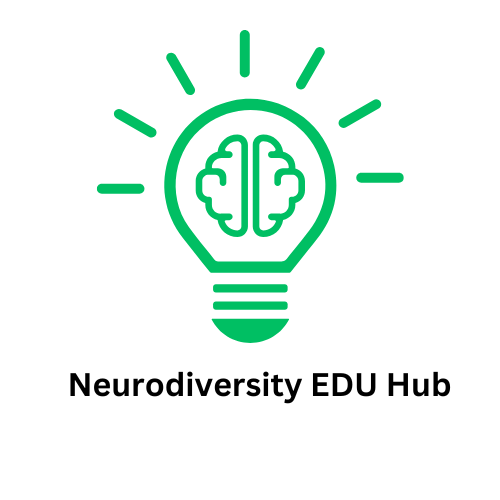
Understanding the Impact of Disability Policy on Education
In the ever-evolving landscape of education, the importance of disability policy among educators and society is paramount, particularly regarding disabled learners. How can education and disability policy synergistically support these students and their families? To truly consider the essence of disability, a personal experience is invaluable; it provides insight into a world that too often marginalizes those who do not fit mainstream norms.
Grounding Disability Discussions in Humanity
The discourse surrounding disability and education is not just a bureaucratic task; it’s a human issue that affects real lives. A nuanced understanding of how we discuss disabilities is crucial to fostering acceptance within communities. Educators can be the first step in reshaping perceptions—highlighting that disabled individuals are not merely their disabilities but are contributors to society equipped with ideas and emotions worthy of recognition.
Understanding Disabled Learners as Unique Individuals
Each disabled student brings distinct needs and potentials to the classroom. Education should prioritize these individual experiences, expanding beyond the traditional learning model. However, when disability intersects with education, make it a point to explore new frameworks that center on student well-being, and personal growth rather than deficits. Understanding the multifaceted nature of disability can transform this narrative and cultivate environments where disabled students flourish.
Cost and Funding: Barriers to Inclusion
Financial considerations often overshadow the need for accommodating education. In Wisconsin, for example, schools apply for a High Cost Special Education application to gain access to resources necessary for supporting disabled students. With allocation for 2024 and 2025 reaching $14,480,000, the funding is pivotal in determining educational support and availability at a local level. Nevertheless, inconsistent funding places significant barriers that prevent the interplay of inclusion and equity for disabled learners.
The Chain of Stigma: Breaking Down Barriers of Exclusion
Stigma surrounding disabilities extends beyond financial hurdles; it manifests in societal attitudes and misperceptions. Disabled individuals often face exclusion based on stereotypes that preclude a deeper understanding of their capabilities and experiences. This exclusion can be perpetuated by educators and community members who may only engage with disability through their immediate interaction with disabled students, underscoring the need for wider societal representation of disabilities. Engaging with disabled lives outside the classroom and through authentic advocacy is crucial in fostering a supportive environment.
The Call for Accurate Disability Representation
Visibility matters. Public representation of disabled individuals can transform societal narratives and reduce stigma. When disabled people can share their narratives and be heard, it enriches the community’s understanding of disability. Parents and educators alike have a unique responsibility to advocate for inclusivity and to update their understanding of disability through firsthand interaction with a diverse range of individuals.
Steps Toward Lasting Change in Disability Policy
Progress requires focused commitment from every individual involved—from educators seeking professional development opportunities to parents advocating for inclusive policies within their districts. Informative workshops addressing the intricacies of disability could inspire transformative practices in classrooms and communities. It’s about creating a culture of compassion, where the experience of disabled individuals is prioritized. Encouraging open dialogues about the true meaning of disability is perhaps the most significant step toward change.
By beginning to dismantle stereotypes, embracing financial literacy regarding disability funding, and advocating for authentic representation, we can help foster understanding and inclusivity. An informed community is an empowered one, capable of nurturing the talents and perspectives that disabled learners bring.
It’s essential for educators to recognize their role in this transformation. Not only can they reshape classrooms, but they can influence society through the advocacy of disability rights. Everyone plays a part in changing the narrative and creating a more equitable world.
As you seek to empower disabled learners, consider exploring local workshops and resources that promote inclusivity in classrooms. Engage with educational leaders to initiate discussions on effective policies and practices that will lead to better support systems. By making proactive changes within your sphere of influence, you can contribute to a future that embraces all learners.
 Add Row
Add Row  Add
Add 




Write A Comment